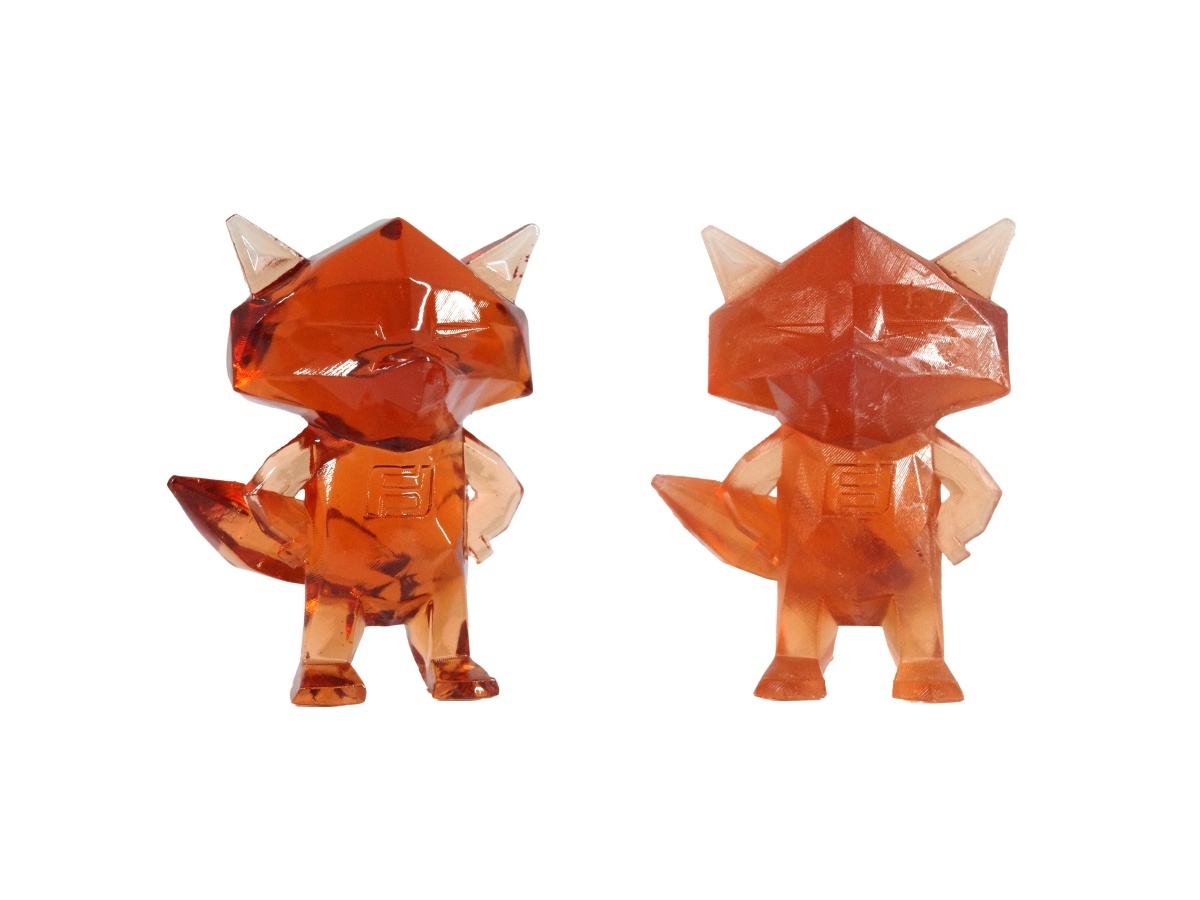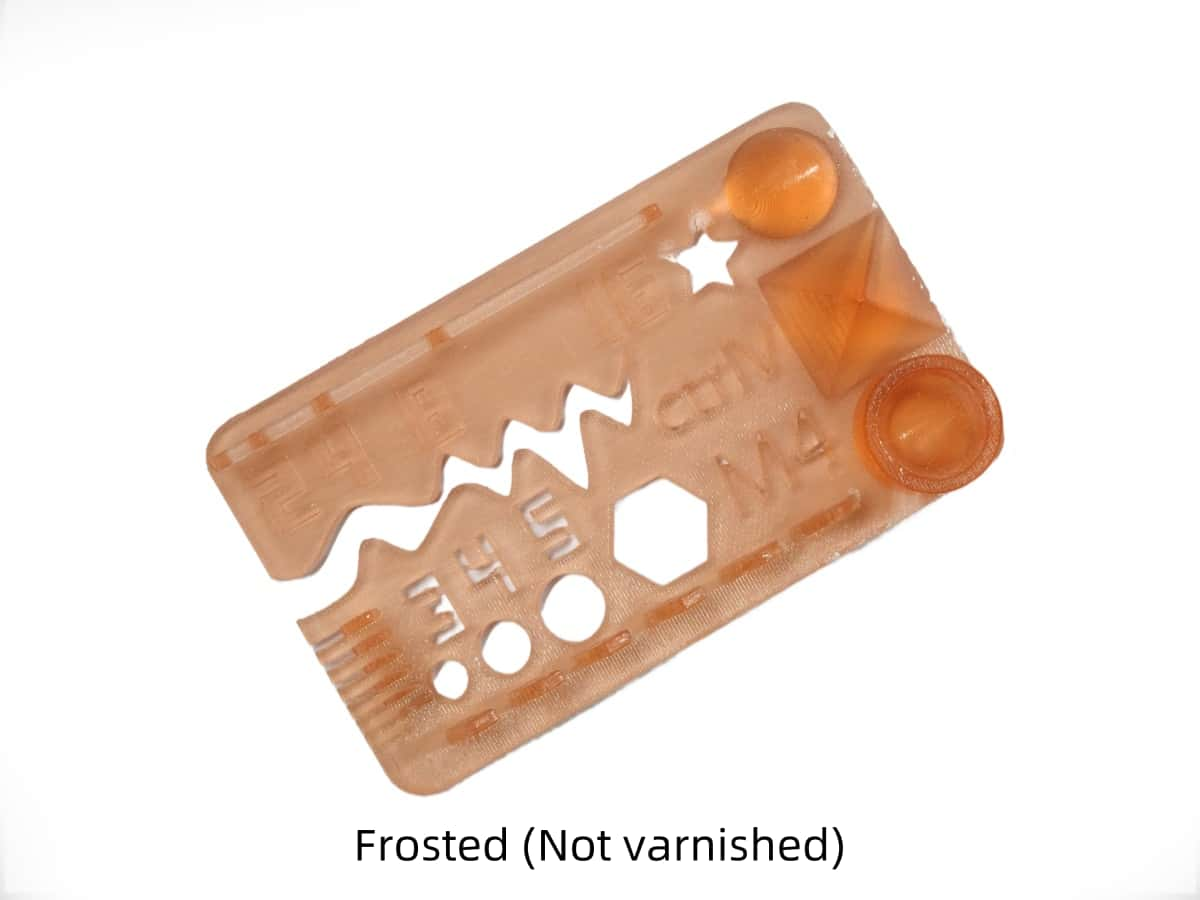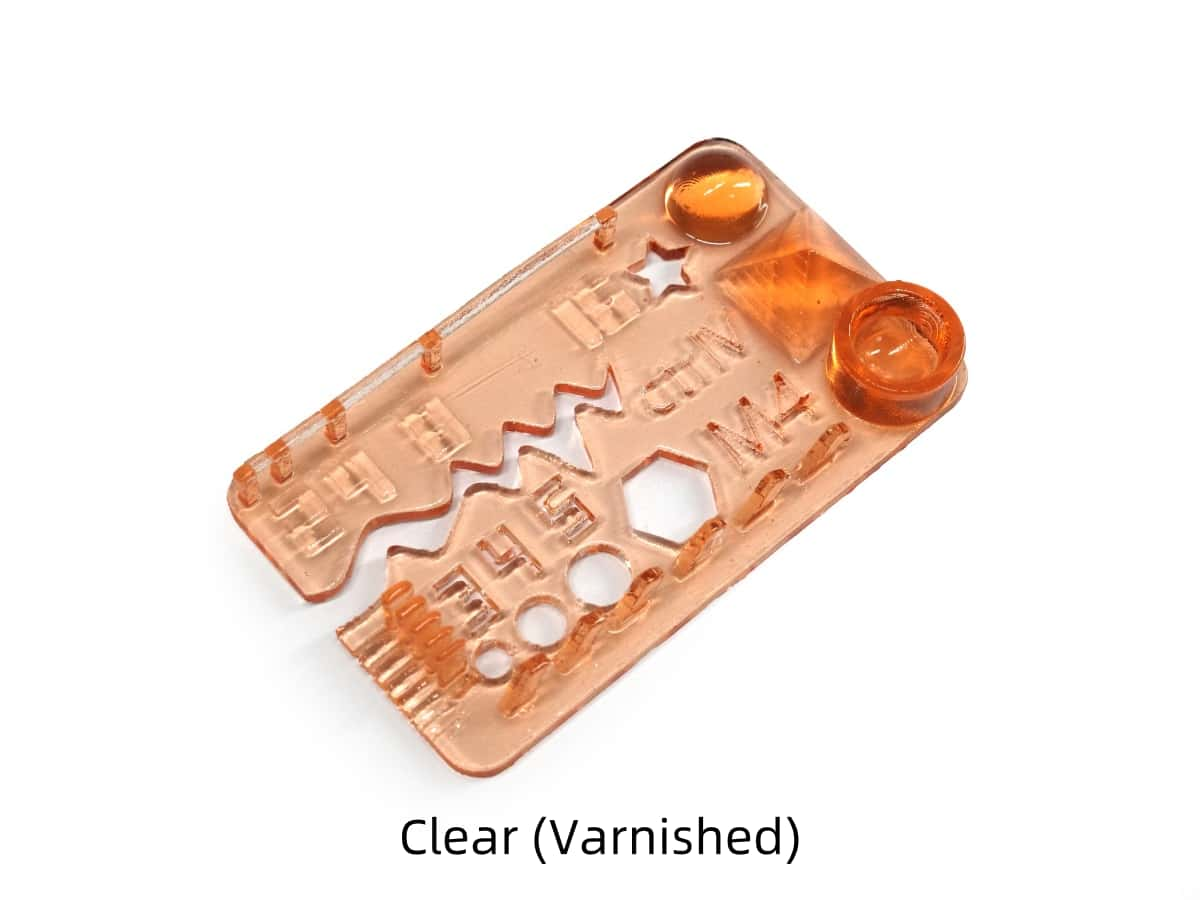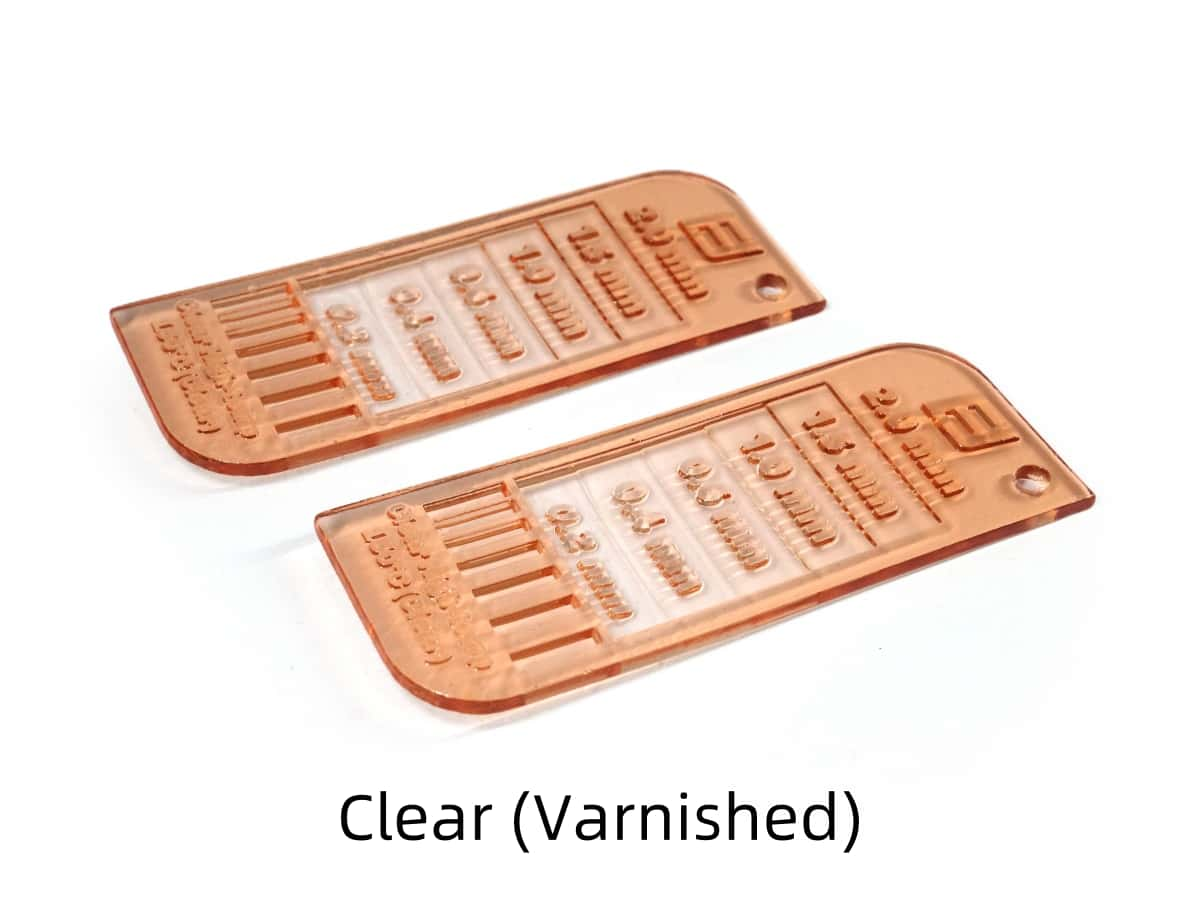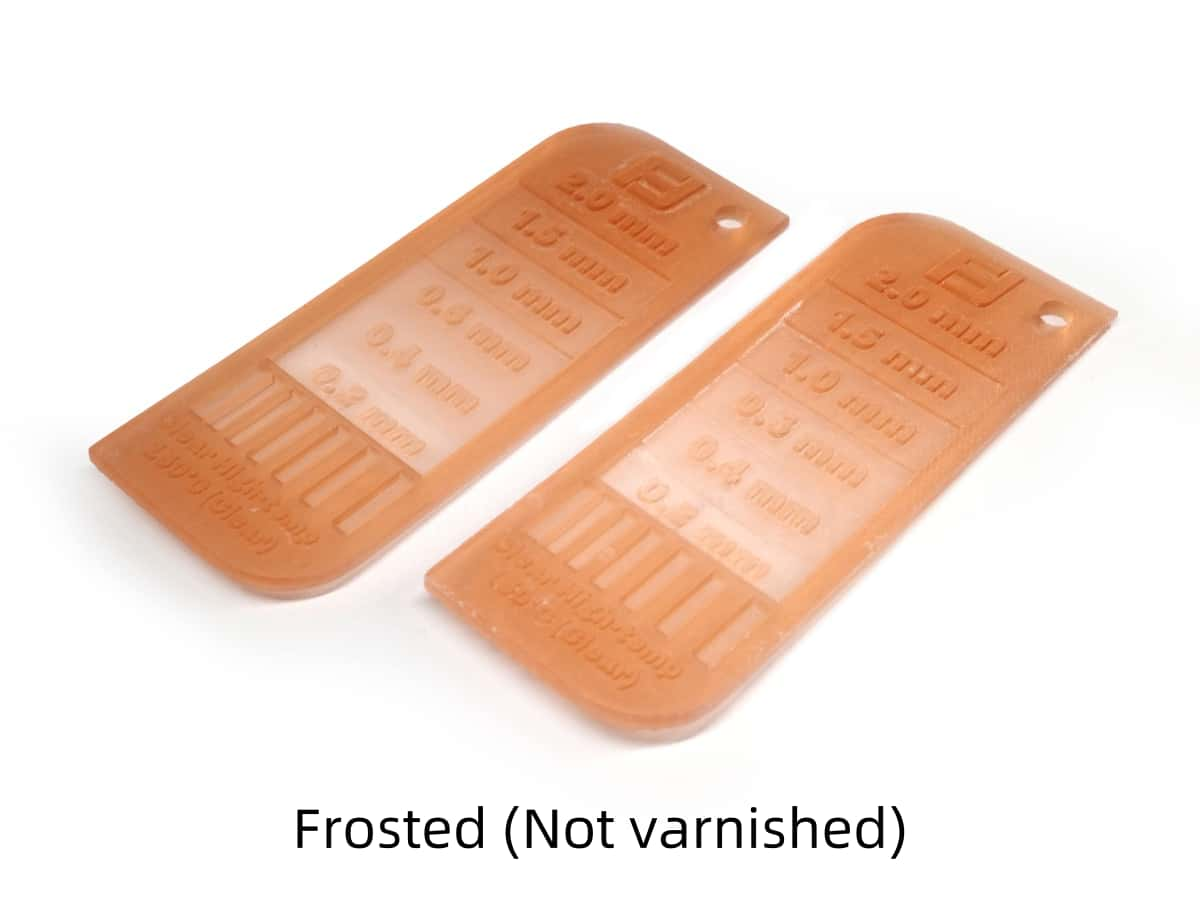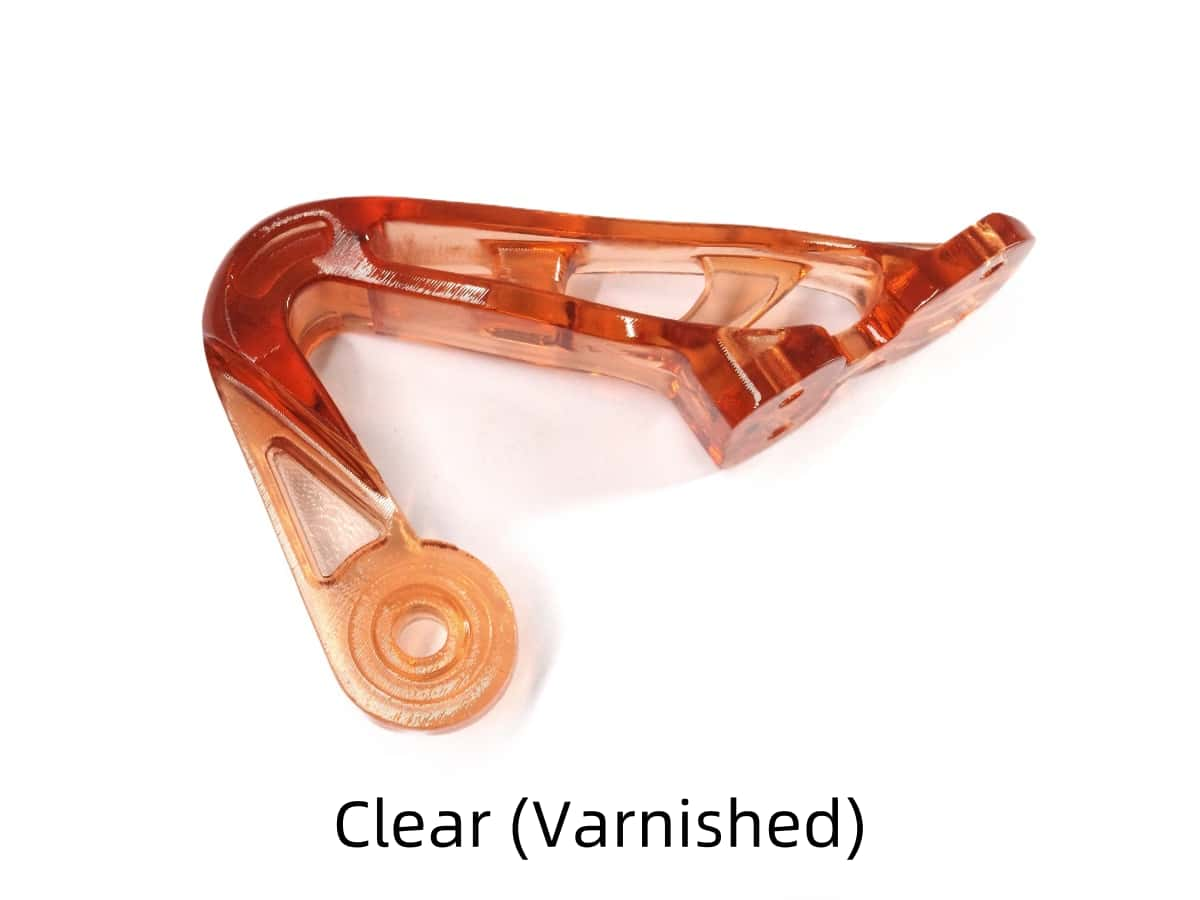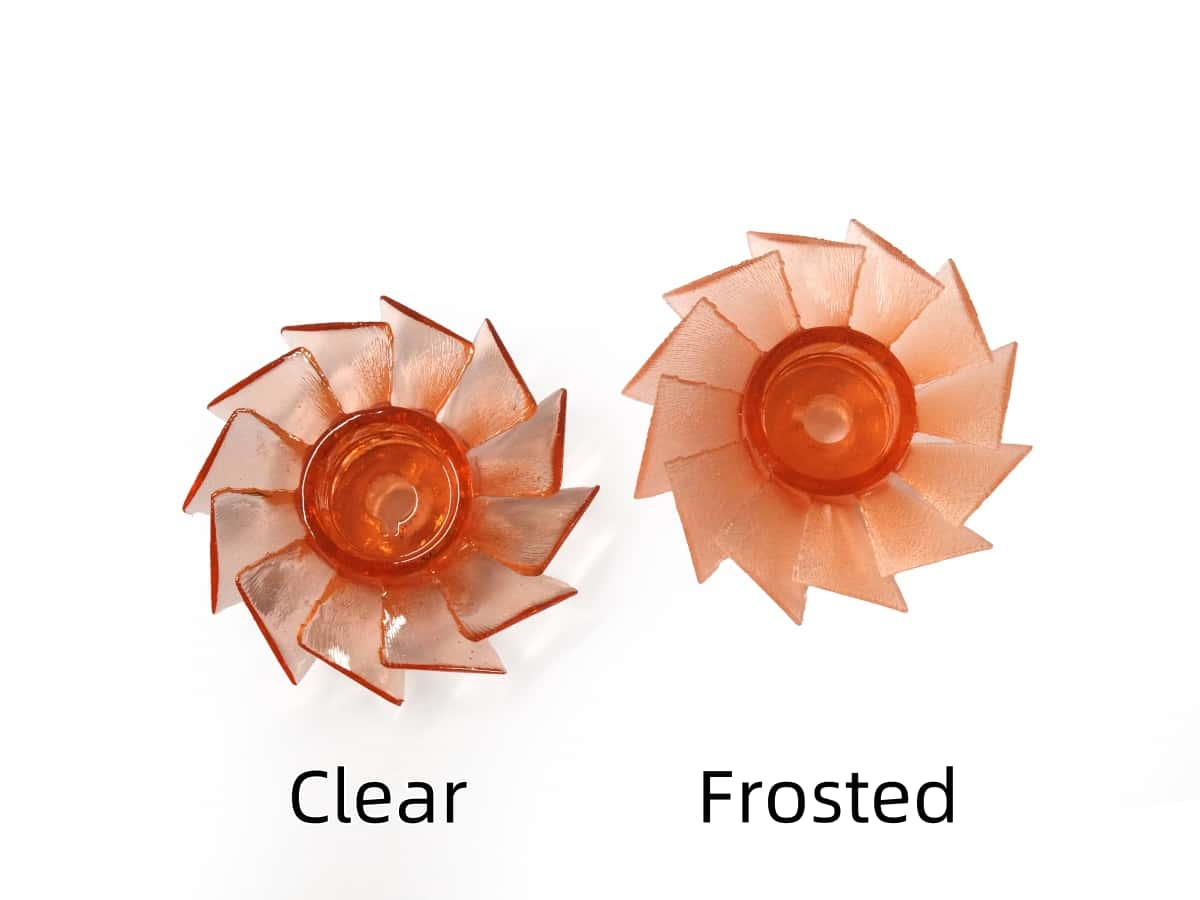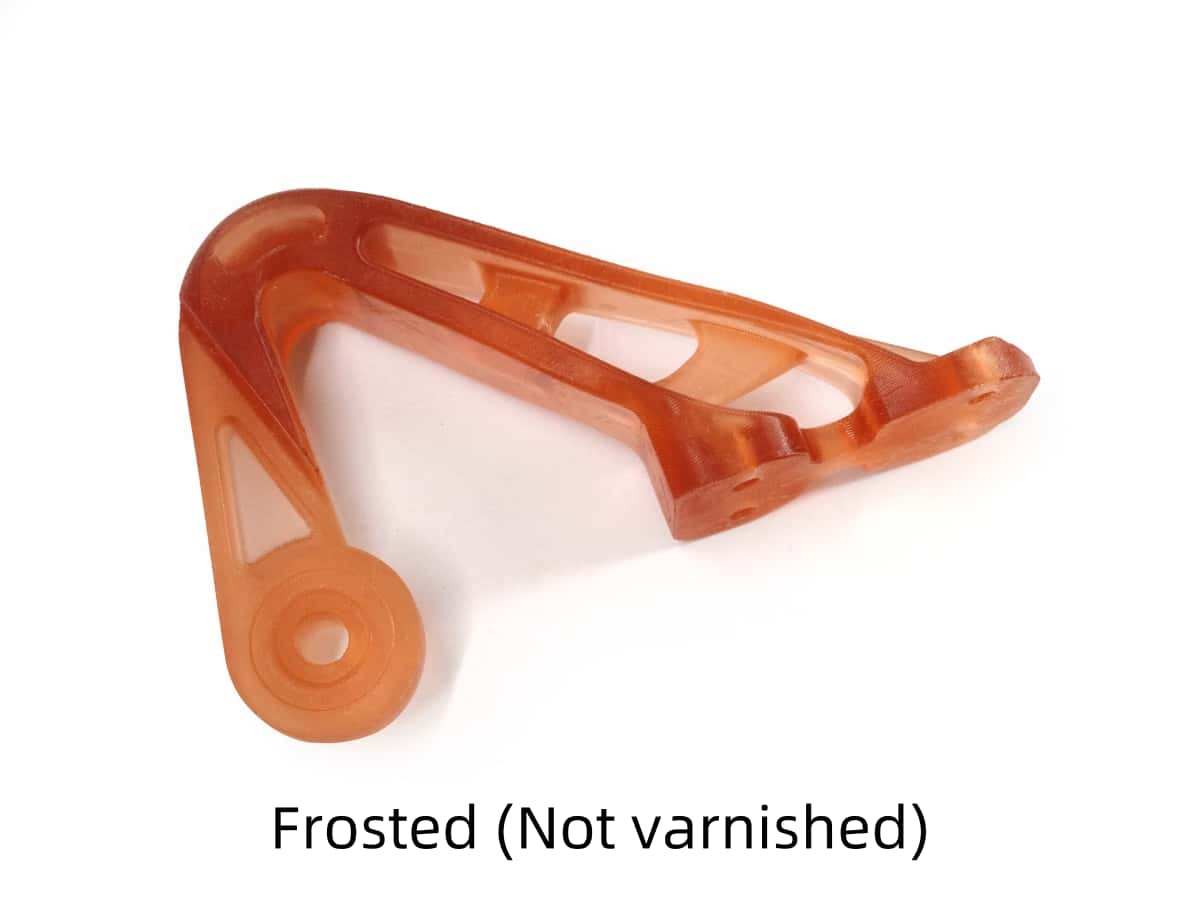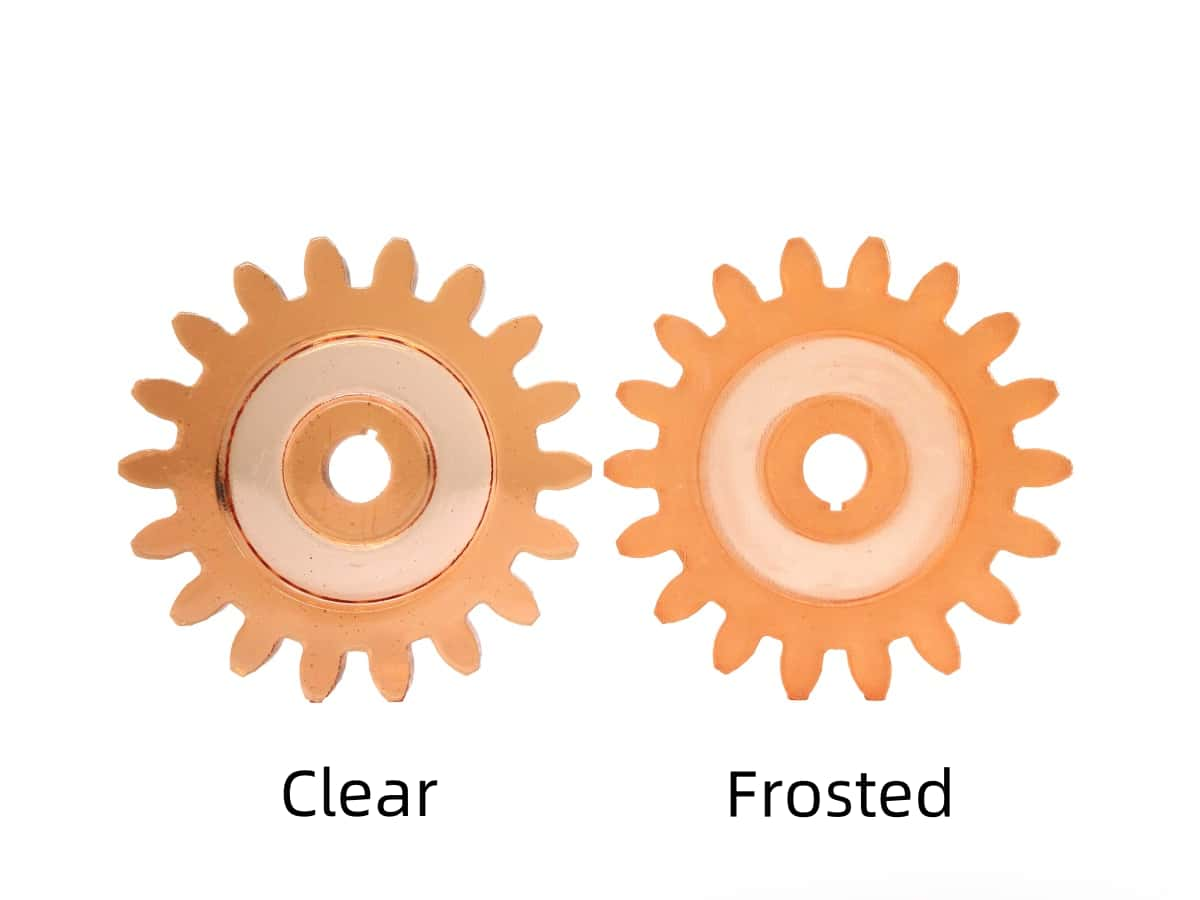SLA Clear High-temp Resin-100ŌäāUnionTech Therm 1 Therm1 is a red, transparent SLA resin that has an excellent high-temperature resistance of over 100Ōäā. Parts thicker than 3mm can be used with no load at 150Ōäā. But it's less impact-resistant (more brittle) than generic/tough resins. Max Build Size Min Build Size 5 x 5 x 5 mm Default Layer Height 0.1 mm Optional Layer Heights 0.1 mm Tolerance ┬▒0.3% (with a lower limit of ┬▒0.3 mm) Up to 101.9 Ōäā Smooth ŌśģŌśģŌśģŌśģ Detail ŌśģŌśģŌśģ Accuracy ŌśģŌśģŌśģ Rigidity ŌśģŌśģŌśģ Flexibility ŌśģŌśģ Available ColorsTranslucent
, Transparent
Available Post ProcessPaint
, Polish
, Sandblast
Suitable For Fine-detail models with smooth surfaces, Not Suitable ForMoving and assembled parts Additional InfoTherm1 is a red, transparent resin. The 3D printed parts with Therm1 have excellent high-temperature resistance. The printed part with over 3mm thickness can be used at a temperature of 150┬░C under no load. But it’s rather crispy with low impact resistance, it’s not recommended to be used for end product.
Feature
3D PrinterMaterial Spec Sheet
Stereolithography is used to build your design with this material.Starting from a 3D model, a model is built by cutting it into thin layers via specialized software. A support structure is created, where needed, in order to deal with overhangs and cavities. The process takes place in a large tank and begins when a layer of liquid polymer is spread over a platform. This machine then uses a computer controlled laser to draw the first layer onto the surface of a liquid polymer, which hardens where struck by the laser. The model is then lowered and the next layer is then drawn directly on top of the previous one. This is repeated until the model is finished. In this way, layer by layer, an object is ŌĆ£drawnŌĆØ in the liquid by the beam, with the layers being consolidated throughout the process. When the object is complete, it is raised out of the tank via the supporting platform ŌĆō much like a submarine rising to the surface of the water ŌĆō with the excess liquid flowing away. The supports are removed manually after the model is taken from the machine.
|
